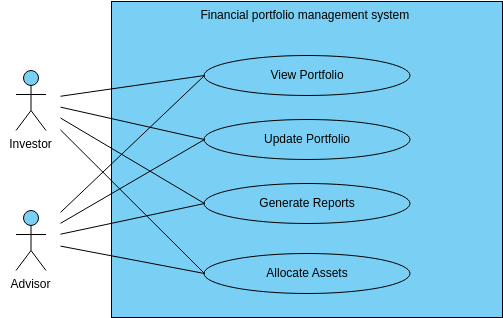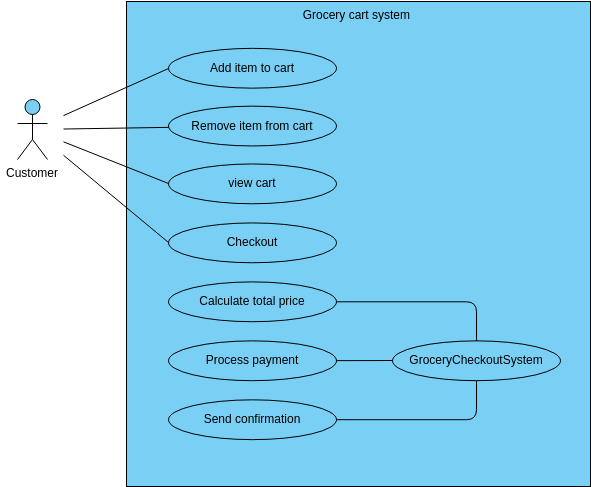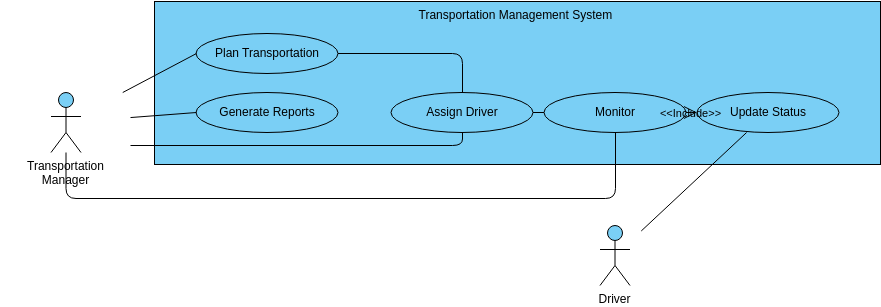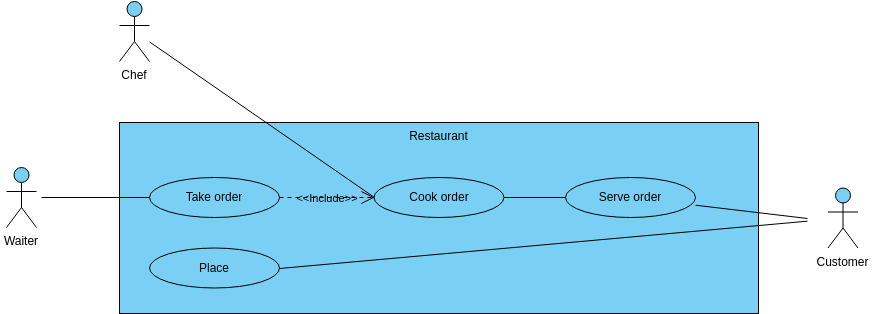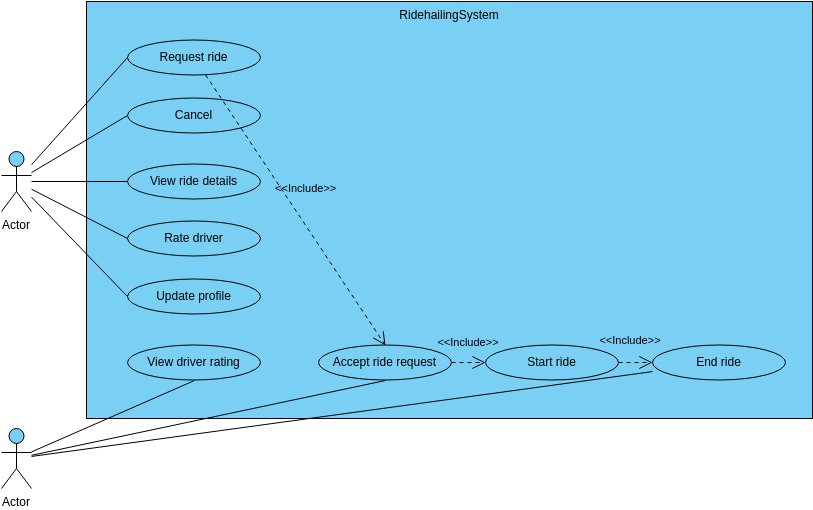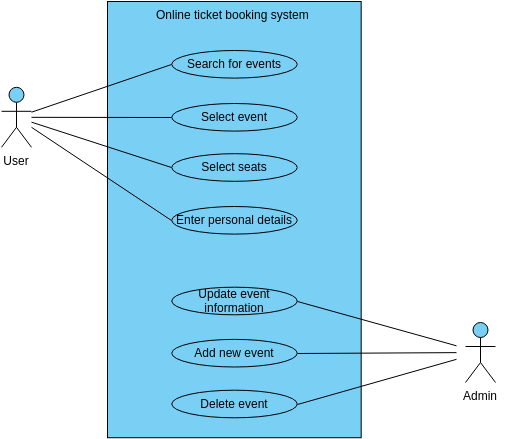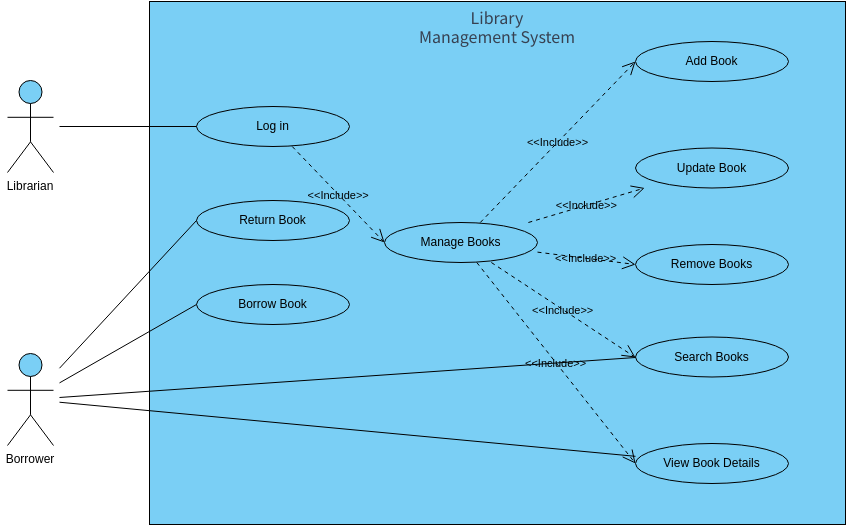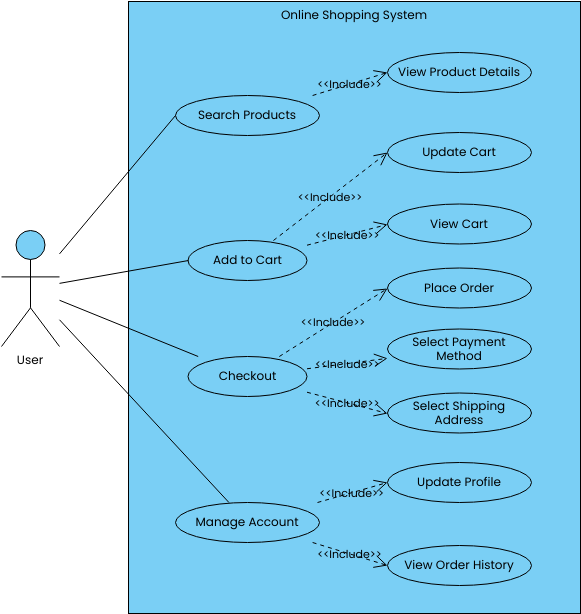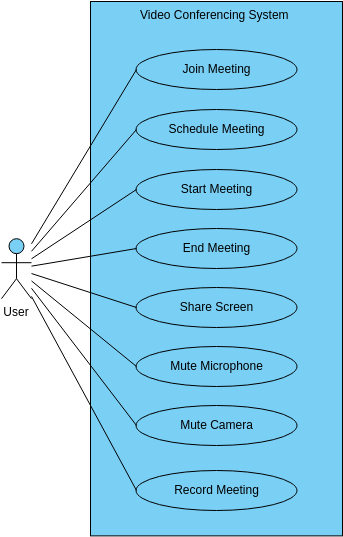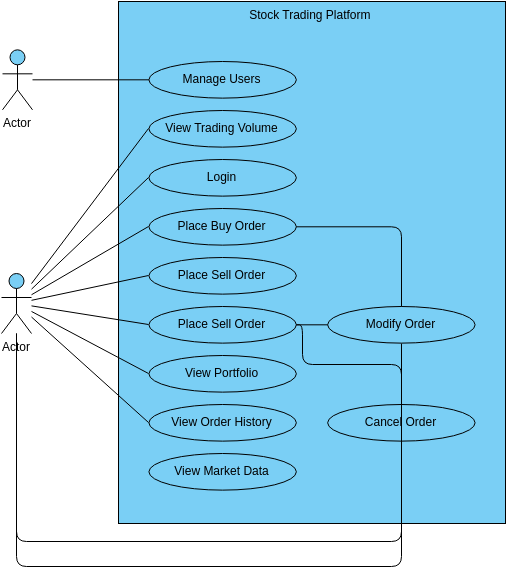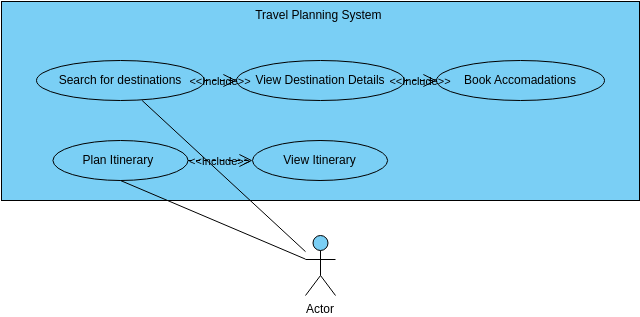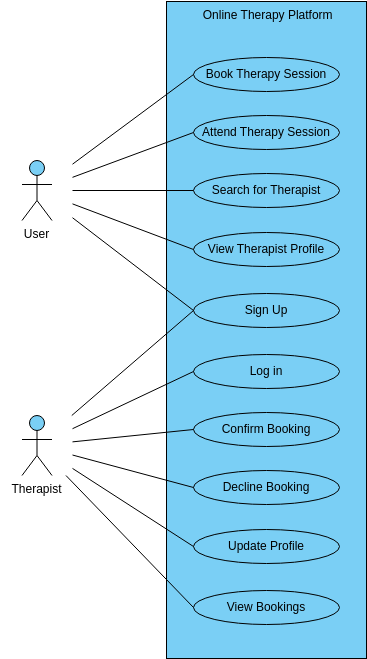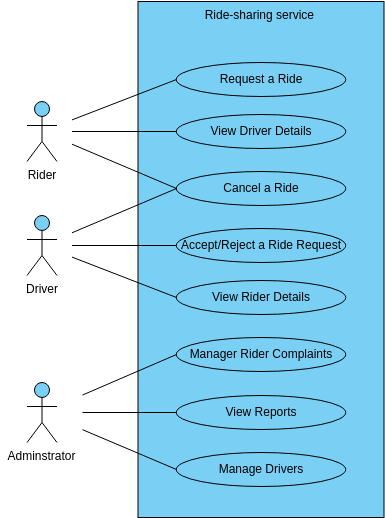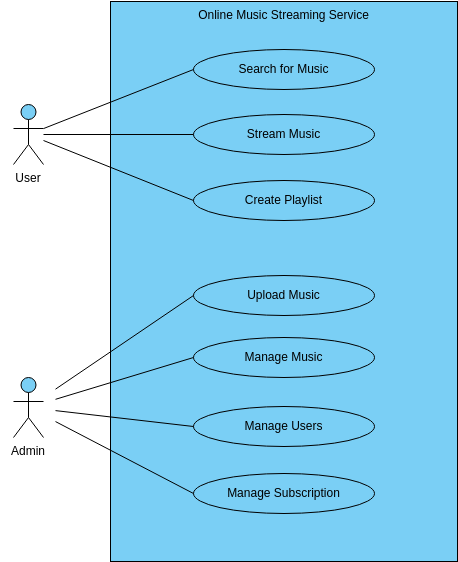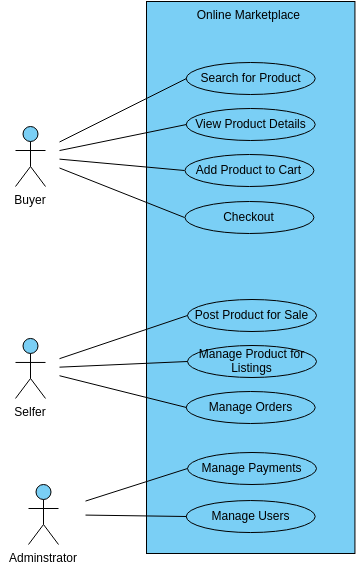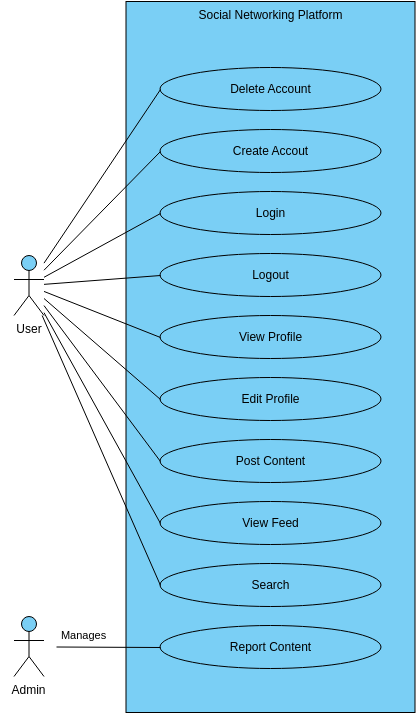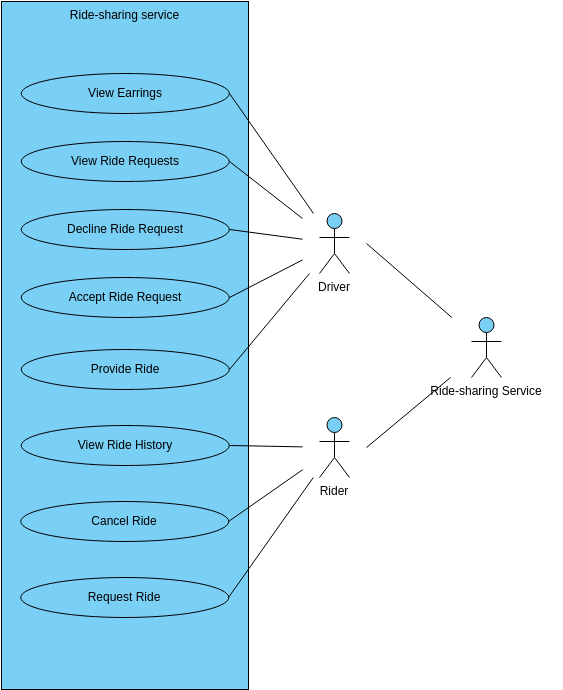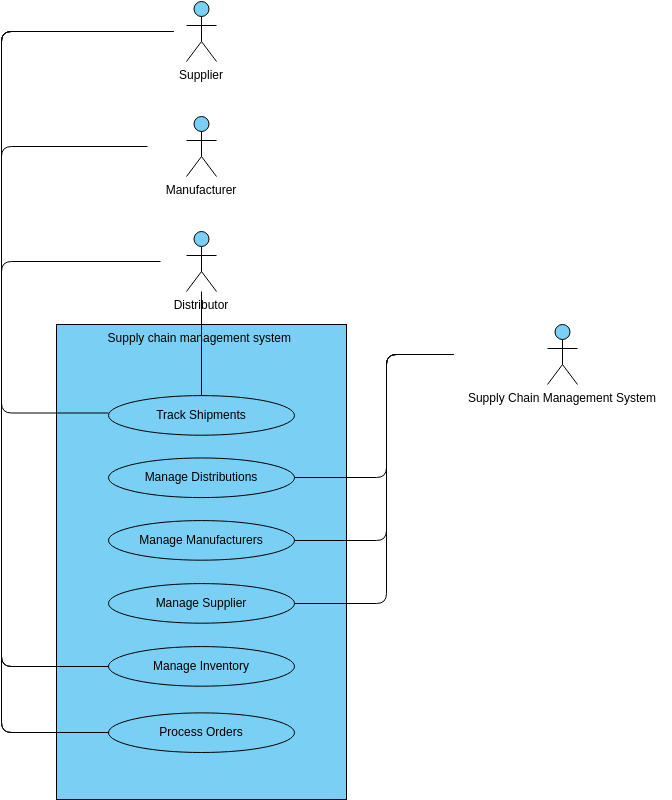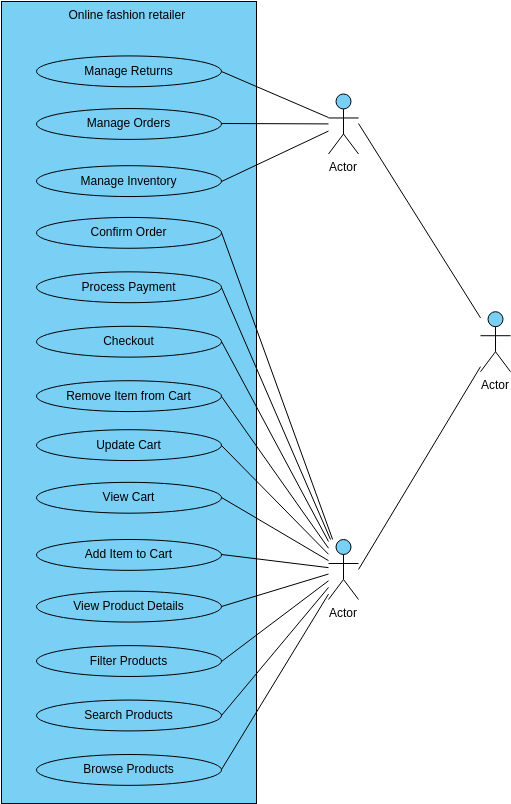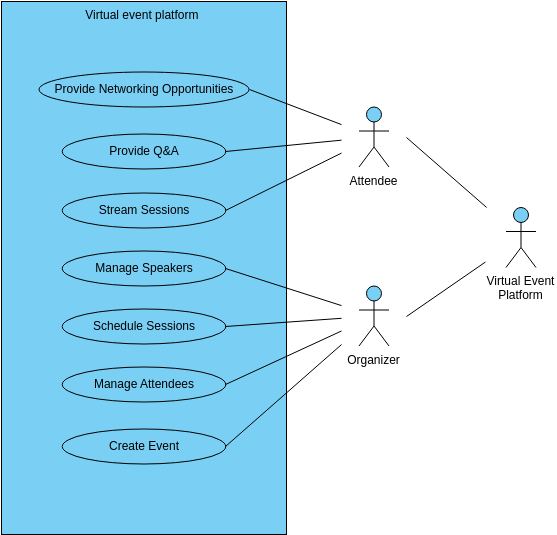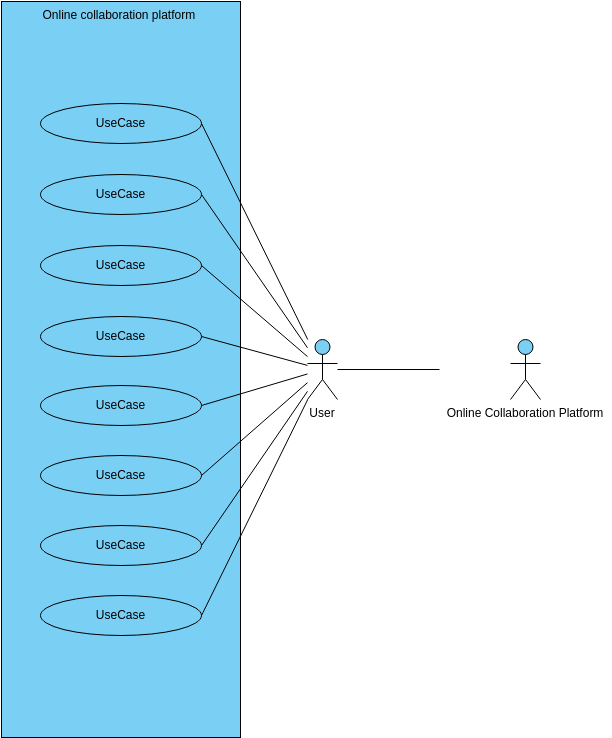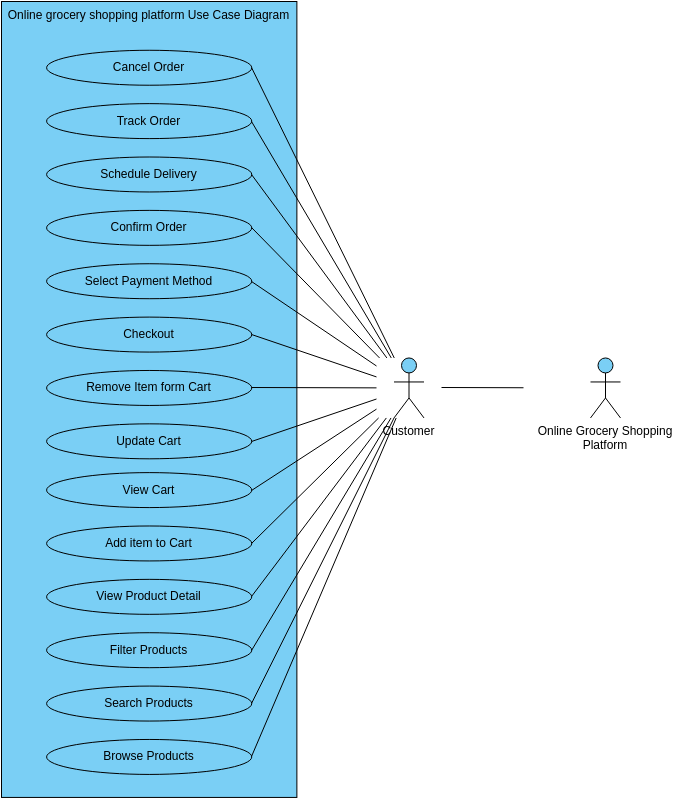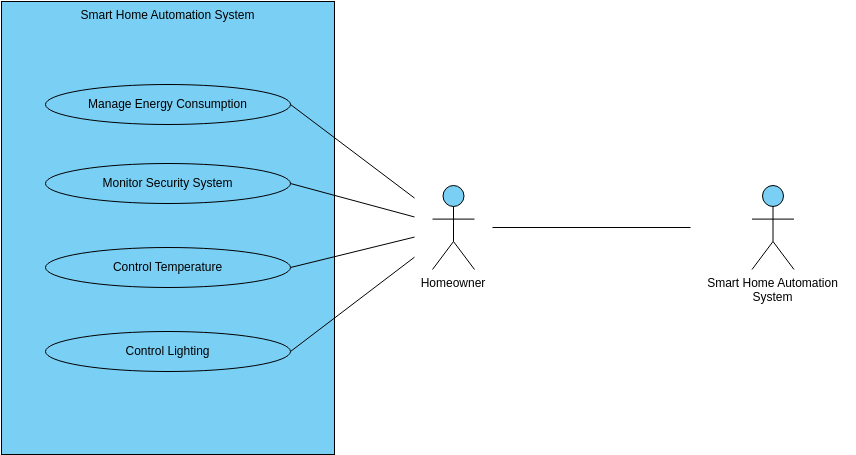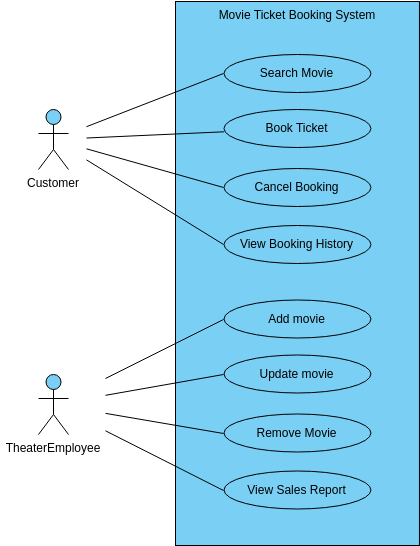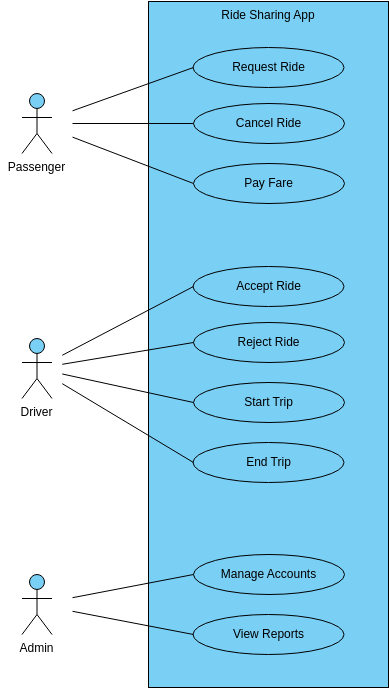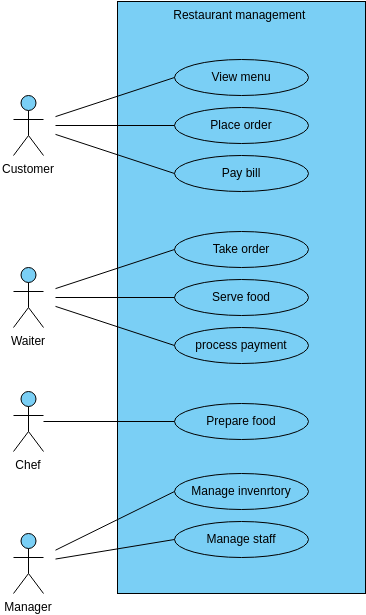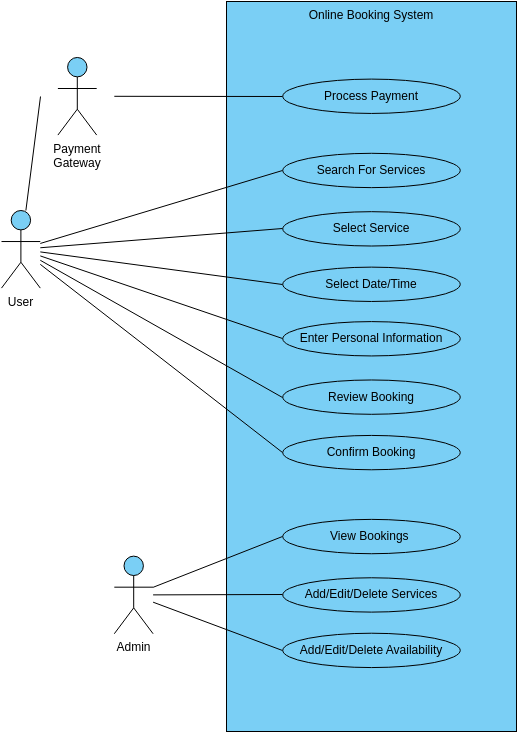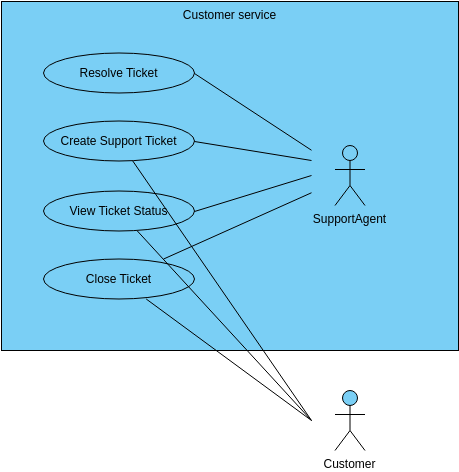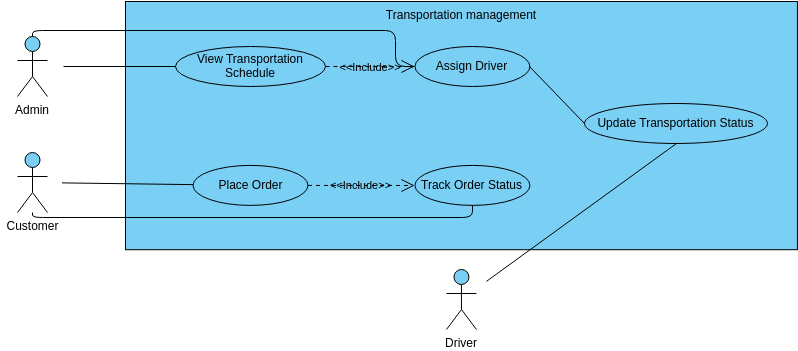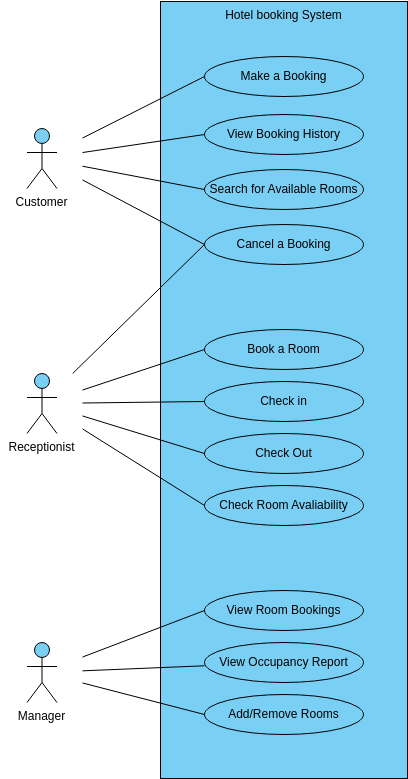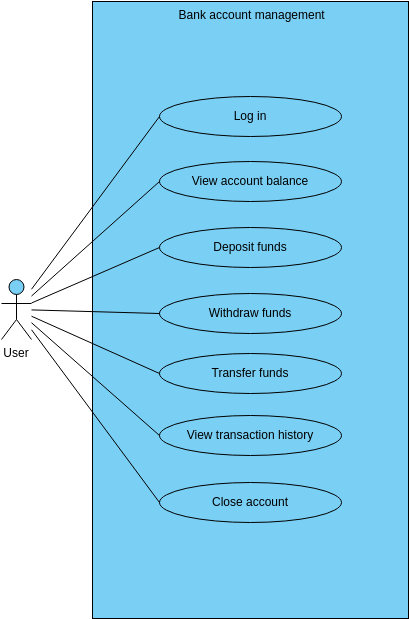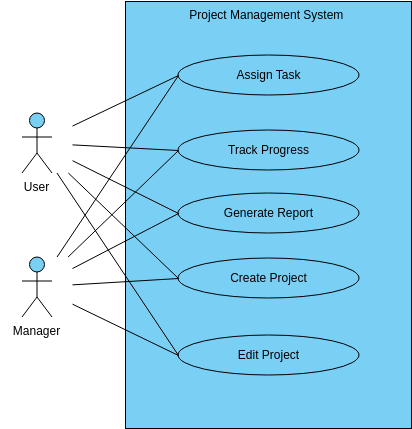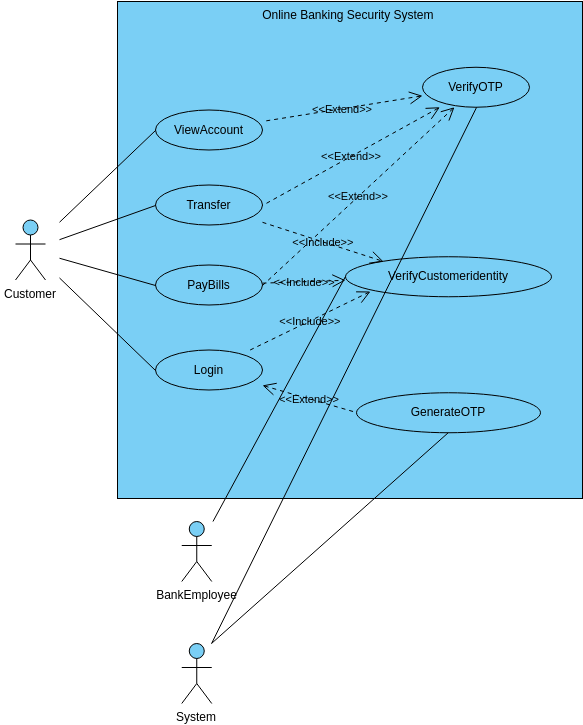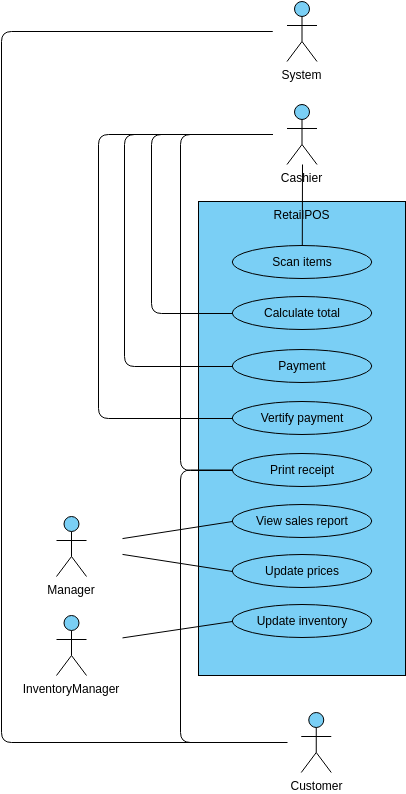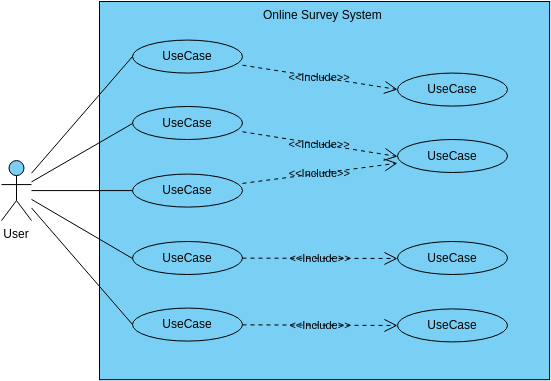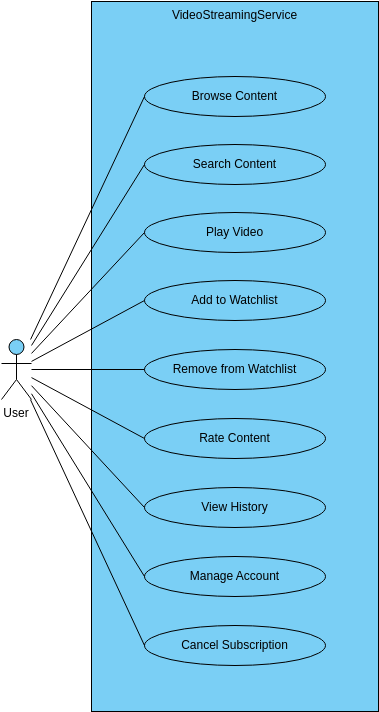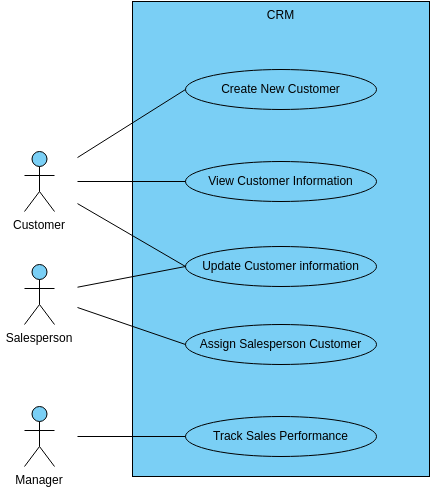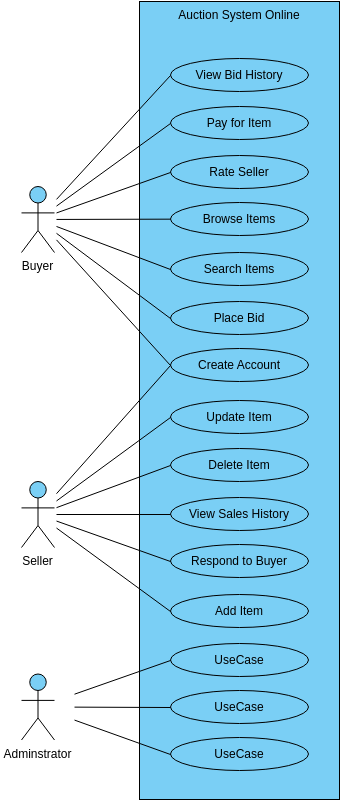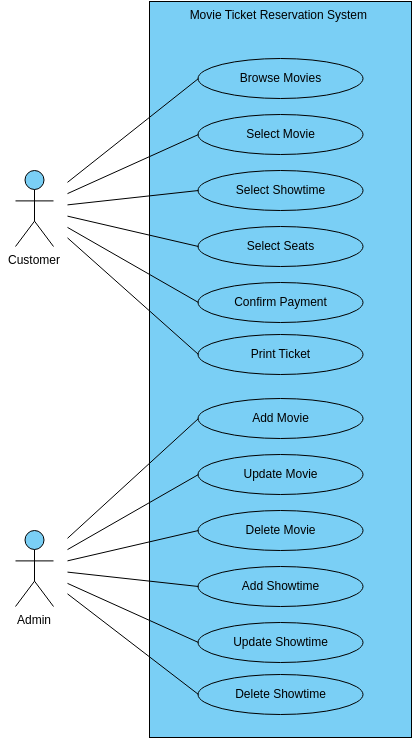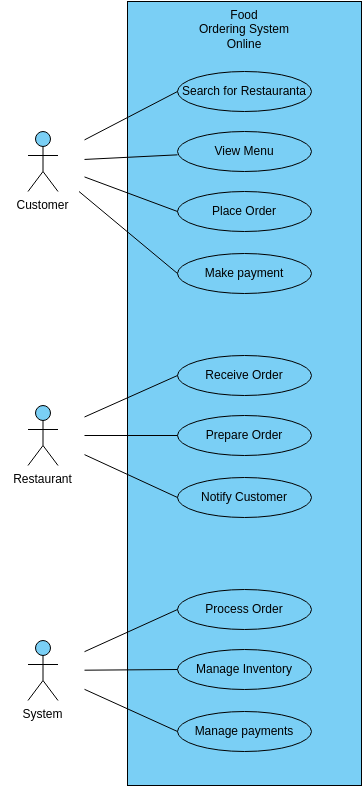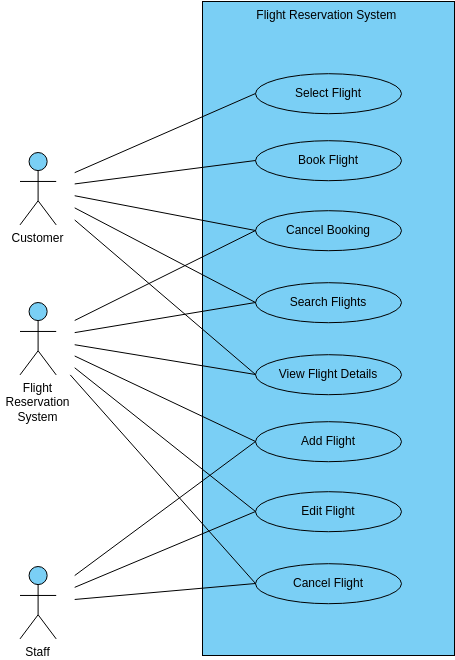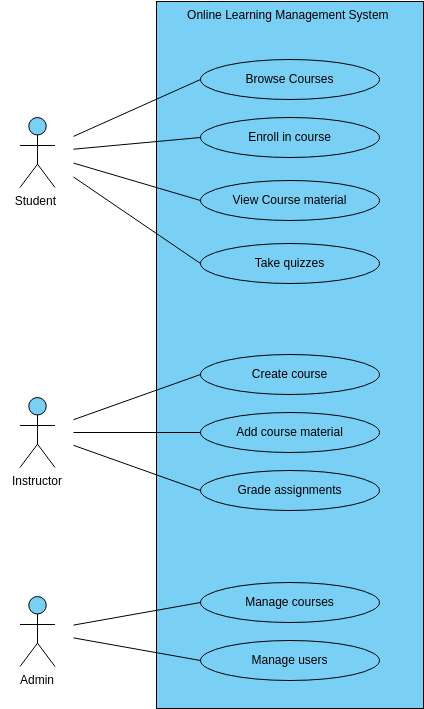The Financial Portfolio Management System is an essential platform for managing investments and tracking financial performance. The system provides a user-friendly interface that makes it easy for investors to view their portfolio, update their holdings, and generate reports on their investments.
One of the primary features of the system is the ability to view the portfolio. Investors can view their portfolio holdings, performance, and other details related to their investments. This feature enables investors to keep track of their investments and monitor their financial performance.
The system also offers the ability to update the portfolio. Investors can add or remove holdings, adjust their asset allocation, and rebalance their portfolio using the system. This feature enables investors to manage their investments effectively and ensure that their portfolio remains aligned with their investment goals and risk tolerance.
Another essential feature of the system is the ability to generate reports. Investors can generate performance reports, asset allocation reports, and other types of reports on their investments using the system. This feature enables investors to analyze their investments and make informed decisions on their investment strategy.
Finally, the system provides the ability to allocate assets. Investors can allocate their assets across different investment options, such as stocks, bonds, and mutual funds. This feature enables investors to diversify their portfolio and manage their risk effectively.
Advantages of creating this diagram
Creating a use case diagram for the Financial Portfolio Management System provides several benefits for the project team and stakeholders. Firstly, the use case diagram helps to define the scope of the system and identify the key functionalities that it should provide. This makes it easier for the project team to prioritize tasks and allocate resources effectively. By understanding the needs and requirements of investors and the financial institutions, the team can develop a system that meets their expectations and provides a seamless user experience.
Secondly, the use case diagram helps to ensure that all stakeholders are on the same page when it comes to the system's functionality. This is important because stakeholders may have different expectations and interpretations of the system's scope. By clearly defining the system's functionalities and use cases, the project team can ensure that all stakeholders have a common understanding of what the system will do and how it will work. This can reduce misunderstandings and prevent delays or mistakes in the development process.
